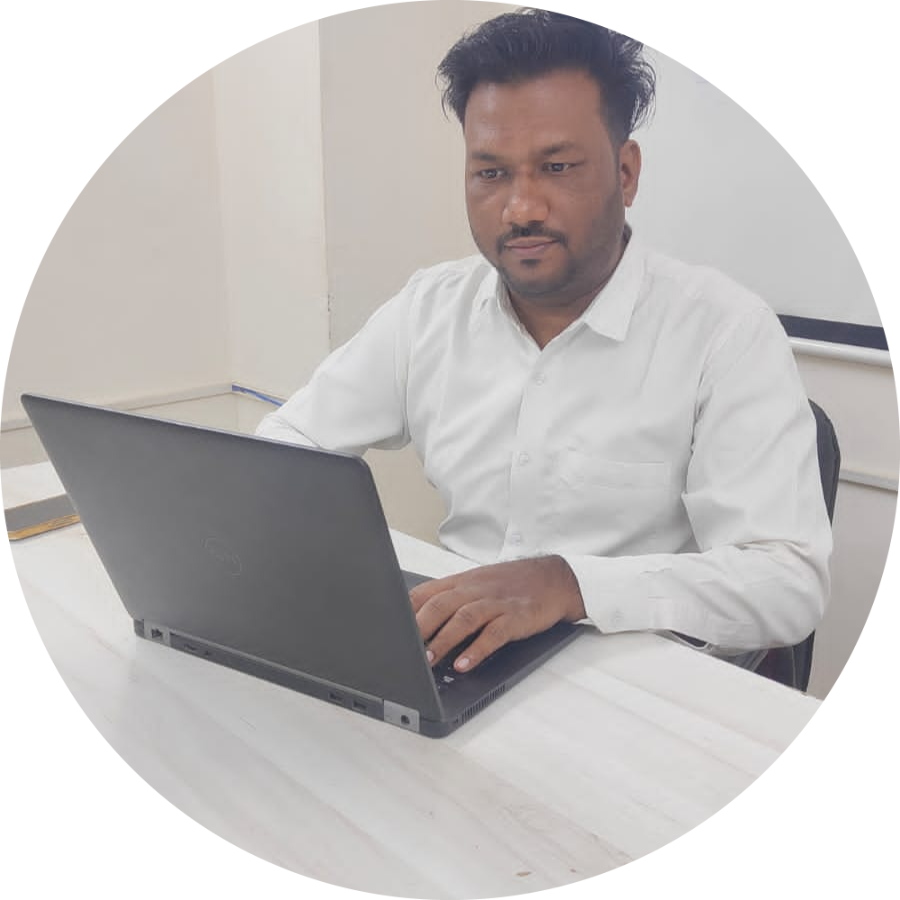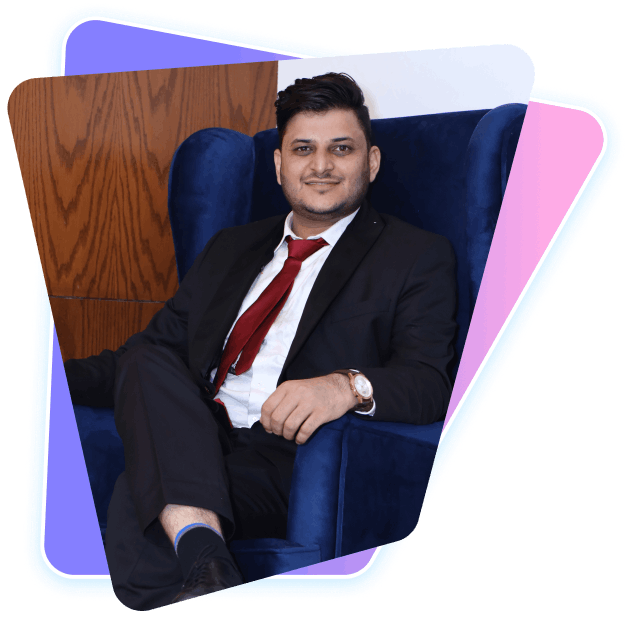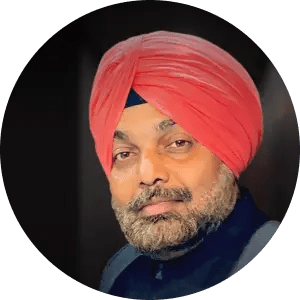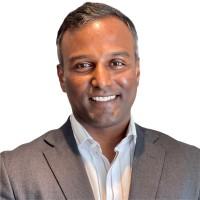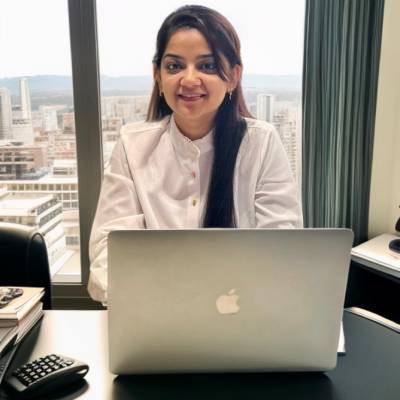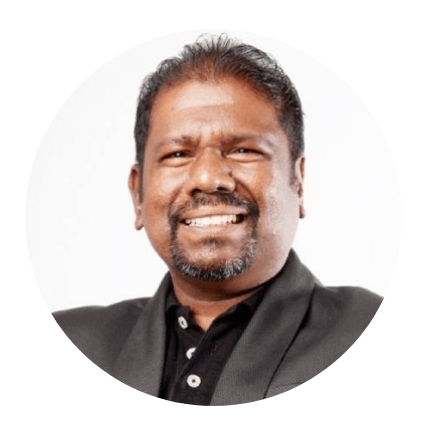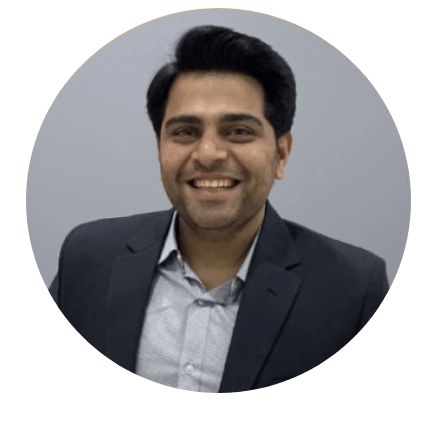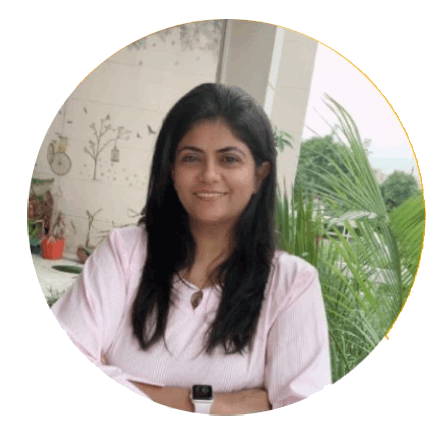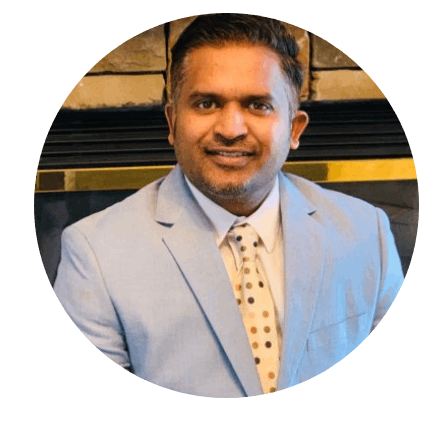- 25 January, 2023
- 2910 Views
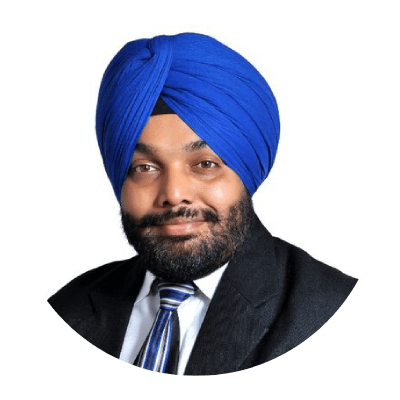

Q 1. Give Us a Brief Introduction About You and Your Company (Seasia Infotech)
My name is Rupinder Pal Singh, and I am the Co-founder and CEO of Seasia Infotech. I always enjoy sharing some insights into our business and our industry.
As the leader of Seasia Group of Companies, I am responsible for overseeing all aspects of our operations and ensuring that we are delivering the best products and services to our customers. I am passionate about building a successful and sustainable company that makes a positive impact on the world. It has been a pleasure watching Seasia’s incredible growth over the last two decades, and the success that we have achieved. I am very excited about the future of our company and the opportunities that lie ahead.
As far as my educational qualifications are concerned, I am an alumnus of the prestigious London School of Business, and Punjabi University, Patiala. Before I dedicated all my time to Seasia, I was working as the Head of Automation with NABARD.
Our company, Seasia Infotech, has helped hundreds of businesses across various industries to improve their operations, increase efficiency, and drive growth. We started off as the offshore development center of Hewlett-Packard, and have now grown to be a CMMi Level 5 certified enterprise development company.
We are committed to providing exceptional service and support to our clients while developing solutions that meet their needs and exceed their expectations.
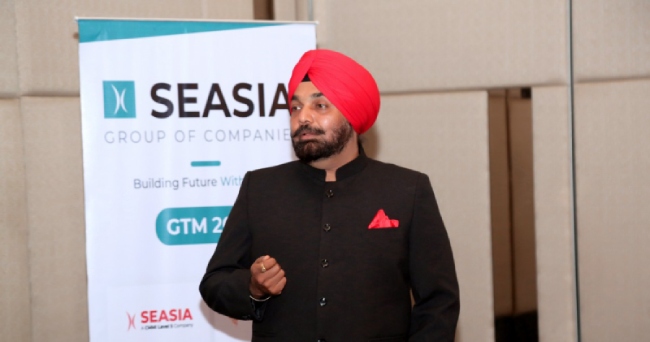
Q 2. Type Of Services Your Company Offers (Expertise Areas)?
Seasia Infotech is primarily the most desired offshore development center for some of the biggest companies in the US. We have more than two decades of experience developing enterprise level software and applications.
Other than that, we also specialize in working with cutting edge technologies, such as artificial intelligence and machine learning, automation, blockchain, cloud, web3, and metaverse, among others.
Seasia derives extreme pleasure and pride in introducing itself as a one-stop destination for all things technology and digital transformation. Over the years, we have catered to the unique needs of a plethora of industries including banking, communication and media, health, real estate, travel and hospitality, and more.
Some of our esteemed clients are Hitachi, Canon, Mahindra, Adani, Flipkart, and Harley Davidson, among others.
Q 3. Define The Workflow of Your Company – Client Entry to Delivery of a Service.
Seasia’s workflow involves several key steps.
We start off by identifying the needs of the client and understanding their business objectives. This is typically an intensive process where we conduct interviews and meetings with key stakeholders in the client organization. We take complete ownership of a project, and pitch in wherever possible to get the best out of the idea and the concept. Once we get an understanding of the project, the next step is gathering requirements and specifications by conducting market research, analyzing the competition, and defining the scope of the project.
Next, the project managers develop a project plan and timeline, including tasks and milestones using Gantt chart or other project management tools. As soon as these details are agreed upon, the user experience designers and other specialists start creating user interfaces, databases, and other technical components, followed by the development of the software using various programming languages and frameworks by software engineers. Since we understand the user experience of a product can make or break a brand for a user, we put in extra effort and take a consultative approach to design pleasing and appealing user experiences.
Before we deploy a project on client server, we ensure that it is tested properly through both automated and manual testing procedures to meet the requirements and specifications defined in the project plan. All the projects are tested from the client perspective as well as an end user perspective. Not to mention, we keep the functional testing and the UAT different by making our functional analysts do the UAT.
Once the project is deployed, we provide our clients with support and maintenance for a fixed period. There’s clearly a lot that goes into creating a product or offering a service that the clients thoroughly find beneficial.
Q 4. What Are the Key Challenging Factors While Completing a Project?
There are many challenges that can arise during the course of a development project.
For instance, one of the biggest challenges in software development is understanding and clearly defining the requirements for the project. This can be difficult because sometimes the requirements may be vague, or they may change constantly. We overcome this challenge successfully on most occasions by dedicating enough time to understanding the client and their expectations.
The design and architecture phase too can be somewhat challenging if not given proper attention. It requires careful planning and consideration of various technical and non-technical factors. Thoroughly testing a project to ensure that it works as intended and meets the requirements can also be a quite challenging and time-consuming process, especially if the project is large or complex.
If you are working on a project that involves multiple team members, stakeholders, and other parties, managing it can get overwhelming. An ideal project manager must be able to plan, organize, and coordinate the work of the team in order to ensure that the project is completed on time and within budget.
In my twenty years’ experience managing Seasia, I have realized that almost all these challenges can be avoided and dealt with properly through coordination, clear communication, well-defined roles and responsibilities, and dedication.
Q 5. How Is Your Business Model Beneficial from A Value Addition Perspective to The Clients Compared to Other Companies’ Models?
I am sure they all have great business models, but if I had to summarize what sets Seasia apart is our zeal to get things done. We combine the patience and grit that only comes with years of experience with the energy and passion of a startup.
Other than that, we do not look at our clients as just clients, they are partners to us. We understand their pain points well and do not shy away from going the extra mile to meet their expectations. Our business model is beneficial from a value addition perspective as we look at your projects as our own.
Q 6. How Do You Manage Your Business in This Covid Pandemic?
The pandemic certainly threw a lot of curve balls into businesses. The times were challenging for people and businesses across all domains. The first thing we needed to do in order to keep the business running when the pandemic hit was to take operations remote. Since we operate in the digital domain and the team is technologically sound, the transition was less daunting.
Once we got things running in a remote first approach, the bigger challenge was taking care of the mental health of our employees. I made an effort to contribute by regularly sending encouraging emails on sleep, eating well, and exercising to support the team's self-care approach during those uncertain times. In order to change the team's monotonous behavior and maximize favorable results, I also encouraged them to organize and participate in enjoyable activities at least once every week. As more people started realizing the importance of prioritizing their health, we tried to help and encourage them by setting up virtual yoga sessions on various platforms and letting them put aside their job for a while. Even though the pandemic's effects are now fading for the most of us, we continue to support our staff in leading healthier, more fulfilling lives.
Although, I must mention I am immensely proud of the team. The consistently put in their best effort irrespective of the difficulties they might be facing on a personal level. Our support team, too, was on their toes throughout to minimize the chances of downtime.
As a leader, my belief that one needs to stay prepared for a crisis at any given time has only been reaffirmed.
Q 7. What Is Your Future Goal For 2022?
Well, the goal has always been to be better than we were yesterday. In the coming year, we’ll be looking forward to exploring more untapped markets, and including more services to our offerings.
Other than starting offices across more locations including East Asia, Europe, and MENA, among others, we are also looking to establish a stronger presence in North America as that is where most of our clients are.
The goal is also to stick to our vision of building a long-term relationship with every client while also offering our employees the most ideal working environment. We wish to empower every business digitally.
Q 8. Tell Us About Your Technical Expertise and Success Story of Any Achievement.
I have studied Mergers and Acquisitions at the London Business School. Somehow, that experience combined with practical experience of handling a full-blown company for almost two decades has helped me polish my management skills.
Change Management and Innovation Strategy are two skills that I picked up along the way, and perhaps also the two skills that have enabled me to help so many businesses immensely all these years.
If I am to talk about our most recent achievement as a team, I must mention the legacy modernization for an insurance giant. My team and I worked with a well-known insurance provider who had been utilizing software built in the 1990s using languages that are now close to getting obsolete. Understanding the requirements when they had little information about what needed to be done was both challenging and exciting.
The team handled the job exceptionally well, and the transition from the old system to a newer one was carried out very smoothly. It would certainly top the list of most exciting projects we’ve worked on in over twenty years.
Q 9. As Per Your Opinion, Which Technology Has Dominated in Recent Years? What Is the Key Success Factor in That Technology?
Technology has been evolving at an enormous speed. With new trends emerging every day, only the ones with enough use cases survive. The past few years have witnessed so many technologies come and go. From web3 and blockchain to cloud and metaverse, it is a never-ending list.
However, if I must pick one, my answer would be machine learning. Technology is revolutionizing everything around us. From predictive and proactive maintenance through deep learning to automation of routine tasks, the possibilities with machine learning are endless. We are fortunate to have many machine learning experts on our team who help our clients leverage this powerful technology to enhance their business operations.
From data remodeling to getting insights from a diversified data pipeline, we can help you with just about everything!
